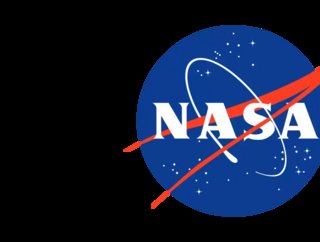NASA's JPL: Sending machines where humans cannot go

JPL is the lead NASA centre for robotic exploration. It plans to use the new software to enable automated robotics to explore further the surface of other planets, overcoming the physical and atmospheric obstacles and paving the way for humans.
The centre developed sophisticated software for the Mars rovers, but has also written operating systems allowing them to drive on the surface of the planet as independently as possible, place instruments down and use cameras and other apparatus. Additionally, for ‘seeing’ and sensing their alien surroundings. These include craggy cliffs, steep canyons and ice so the robotics need to be able to safely navigate and survive such features and stand-in as human explorers.
Out on a limb
Now JPL is looking at automation for limbs and wheels in order for future exploration of more of the solar system’s planets. An example is a four-limbed, 64-fingered rover named LEMUR, or Limbed Excursion Mechanical Robot, developed to scale rock walls by gripping with hundreds of tiny fishhooks on each ‘finger’. The test project has led to a new generation of robotic automation that can walk, climb, crawl and use grippers to attach to surfaces.
Reinventing the wheel: robots that roll
The Axel Rover from NASA is a system of platforms aimed at versatile mobility for scientific access of planetary surfaces. It employs two wheels and a link that trails behind. The more recent DuAxel model attaches two Axel Rovers to one another and they move as a duo until a steep slope is encountered. They then separate, attached by a tether, while one rappels down the slope, then returns to the partner.
Other two wheelers include a small, foldable, shoe-box sized robot called A-PUFFER which could be employed to scour parts of the Moon inaccessible to astronauts and BRUIE, a submersible intended one day for the subsurface oceans of the solar system’s other moons.
For above-surface exploration, NASA is testing prototype airships to fly through the extremely hostile atmospheres of Venus and Saturn’s Moon, Titan. They are being developed to follow up on the Mars Helicopter carried by the Mars 2020 Perseverance rover.






